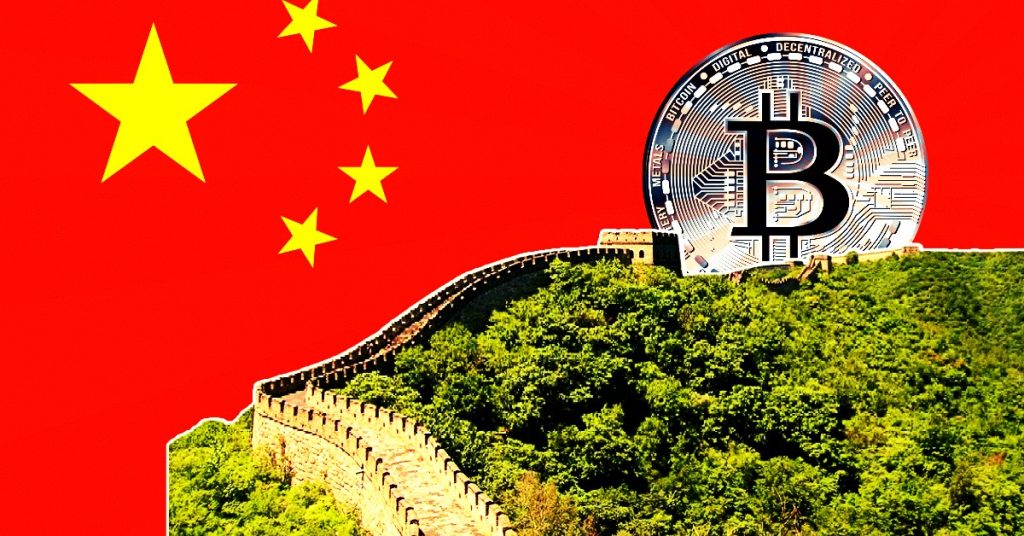
The post China Approves $1.4 Trillion Debt Relief Package To Stabilize Economy, Investors Expected More appeared first on Coinpedia Fintech News
In order to strengthen its ailing economy, China has approved a 10 trillion yuan ($1.4 trillion) plan by allowing local governments to refinance their debt, revealing additional stimulus measures to counter a potentially volatile growth path as Trump is all set to return to the White House.
Efforts To Stabilise Faltering Economy
The world’s second-largest economy has faltered over the past year, facing strong deflationary pressures amidst weak demand, a property crisis, and mounting financing strains on local governments. The outlook further is gloomy as Trump has threatened tariffs over 60 percent on all Chinese goods.
Finance Minister Lan Fo’an said at a press conference on Friday that borrowing capped at 6 trillion yuan ($838 billion) would be allowed over three years to help regional governments replace their so-called “hidden debt.” This kind of debt is normally owed by risky local government financing platforms, backed by cities or provinces.
Further, the local governments will be given access to a separate 4 trillion yuan ($558 billion) quota in the form of special local bonds over five years, also to trim their debt holdings. The announcement was made after a five-day meeting by China’s top legislative body, the Standing Committee of the National People’s Congress (NPC).
Debt swaps generally aim to repair the damaged balance sheets and act as a growth stabilizer, instead of a potent growth stimulant.
The refinancing of local government debt reduces interest costs, which will free up resources for local governments to spend elsewhere, said Mark Williams, chief Asia economist at Capital Economics. But the package amounts only to about 0.5% of current gross domestic product spread over the five years of the plan.
But Will It Make Any Difference?
“Clearly, that’s not going to make any appreciable difference,” Williams noted. “Today’s fiscal announcement is another disappointment for those expecting substantial stimulus.”
The Managing Director of China Beige Book, Shehzadh Qazi stated “I don’t think this does anything to actually stimulate growth, not at least in a way that’s going to be meaningful for markets,” on China’s $1.4T stimulus package.
What Led To Massive Debt
The tight pandemic restrictions which went on for years and a real estate crisis have drained local government treasury in China, leaving authorities across the country with huge debt. The lack of money means governments have few resources to kick-start economic growth.
Due to the lack of money, governments have fewer resources to kick-start economic growth. The situation is so extreme in some places that cities are now unable to provide basic services, and the risk of defaults is rising.
Investor Expectations Unmet
Lan revealed that, as of the end of 2023, China had a massive hidden debt balance of 14.3 trillion yuan ($1.99 trillion). By 2028, Officials aim to slash that amount to 2.3 trillion yuan ($320 billion).
“It may be disappointing for those who were expecting the NPC meeting to approve a massive fiscal package. But the expectation is unrealistic because the policy goal is to achieve the GDP growth target and reduce tail risks, not to reflate the economy in any meaningful way,” he said.
After a summer of gloomy economic news, China’s leader Xi Jinping finally decided to go ahead with a much-needed stimulus package, mostly focused on monetary measures, in the last week of September. Since then, economists have been expecting additional actions by the government to help a struggling economy to revive.








